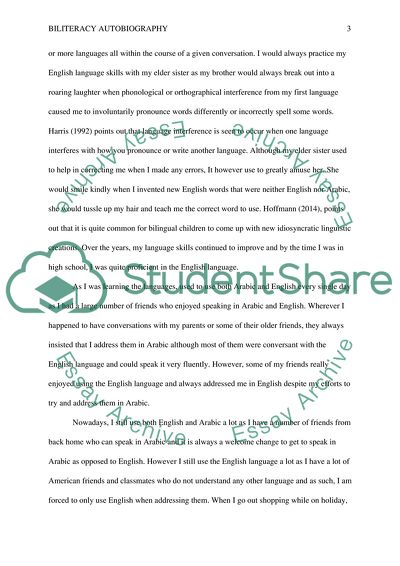Cite this document
(Biliteracy Autobiography Essay Example | Topics and Well Written Essays - 1250 words, n.d.)
Biliteracy Autobiography Essay Example | Topics and Well Written Essays - 1250 words. https://studentshare.org/education/1858468-biliteracy-autobiography
Biliteracy Autobiography Essay Example | Topics and Well Written Essays - 1250 words. https://studentshare.org/education/1858468-biliteracy-autobiography
(Biliteracy Autobiography Essay Example | Topics and Well Written Essays - 1250 Words)
Biliteracy Autobiography Essay Example | Topics and Well Written Essays - 1250 Words. https://studentshare.org/education/1858468-biliteracy-autobiography.
Biliteracy Autobiography Essay Example | Topics and Well Written Essays - 1250 Words. https://studentshare.org/education/1858468-biliteracy-autobiography.
“Biliteracy Autobiography Essay Example | Topics and Well Written Essays - 1250 Words”. https://studentshare.org/education/1858468-biliteracy-autobiography.


